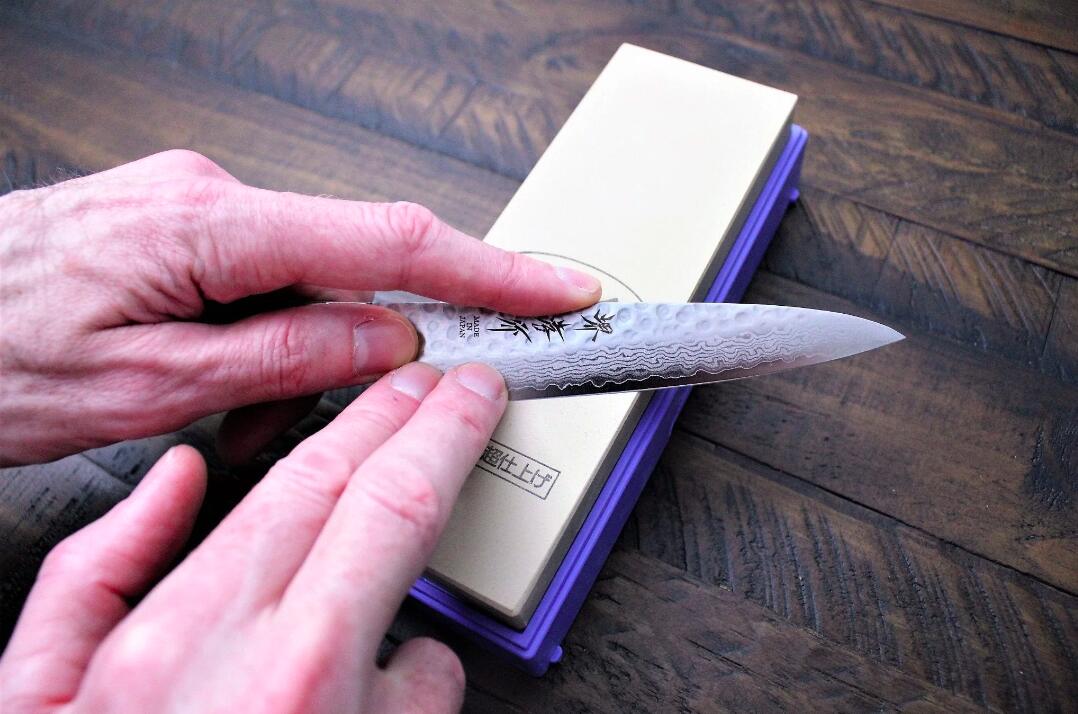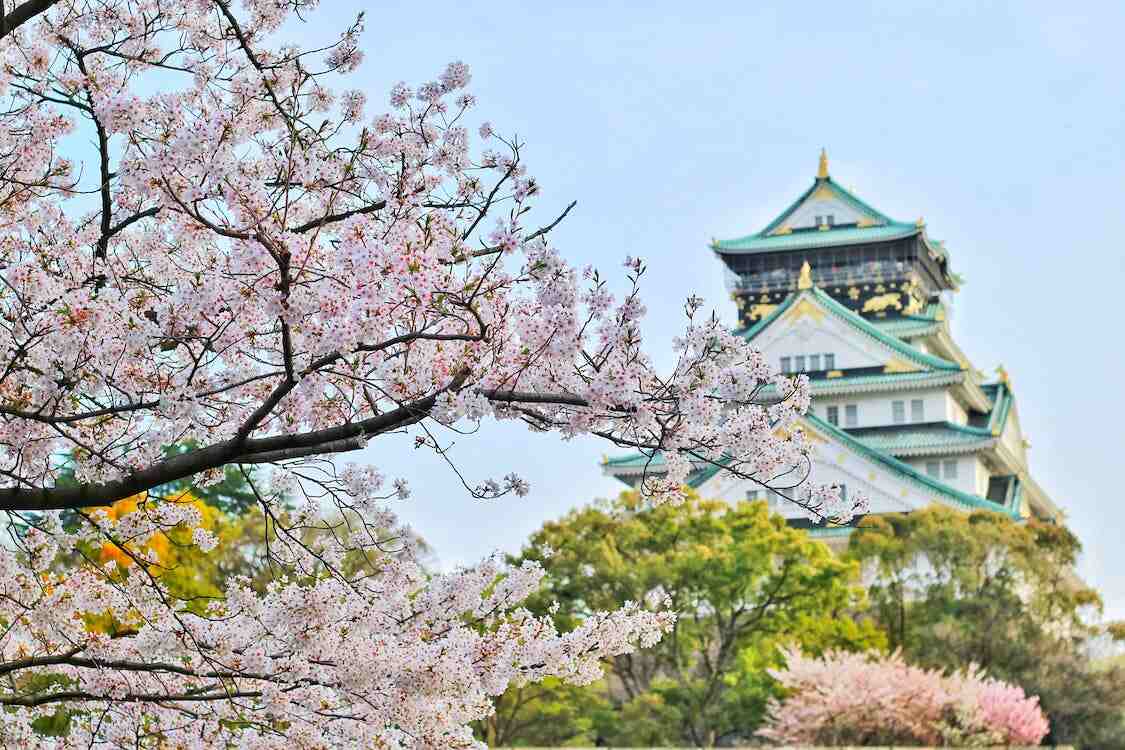
How to Sharpen Japanese Knives
If you’ve already purchased a nice set of Japanese chef knives, you obviously consider quality to be a top priority. Maintaining sharp and pristine Japanese knives is important to preserve their purpose and investment.
Sharpening Japanese knives is as important as purchasing a high-quality set. Fortunately, it’s not overly challenging. With proper sharpening, you can make sure your Japanese knives remain effective and serve you well in the kitchen.
A sharp blade changes everything by saving time, reducing waste, and making cooking feel smooth and controlled. If you value precision in the kitchen, learning how to sharpen Japanese knives is just as important as choosing the right one.
Why Buy Japanese Knives?
Japanese knives are a worthwhile investment for any chef or passionate home cook. To protect this investment, it is imperative to take great care of your knives. Sharpening a kitchen knife with a whetstone is an important step in this process.
Nevertheless, it must be done in a specific way to prevent damage to your blades while sharpening them. That’s what this article is here to help you do.
Before we proceed, let’s examine why many people prefer kitchen knives made in Japan. Before researching the best techniques for sharpening Japanese knives, consider that one of the main reasons people love these knives is that they are sturdy, long-lasting, lightweight, and have an incredibly sharp edge. If you spend a lot of time in the kitchen, whether you’re a professional or simply a cooking enthusiast, this can make a huge difference.
When you use a Japanese knife, you’ll feel like the knife is doing all the work for you. And in a way, it is. The expertly designed knife makes it easy to handle, no matter if you’re slicing, cutting, or dicing. The blades on a Japanese kitchen knife tend to be thinner yet harder. This means they should last for many years to come with proper care.
How Should You Sharpen Your Japanese Knife?
Sharpening Japanese knives isn’t difficult, but it does require performing the task a certain way. Sharpening a kitchen knife with a whetstone is almost always recommended because they are specifically designed to make sure your knife is extra-sharp while not damaging your blade. Dull blades can result in:
- More wasted food
- Less attractive food presentation, especially when using raw food
- An increased chance of an injury
- Longer prep time
The duller the knife, the more difficult it is to get it nice and sharp again. If you’re unsure whether it’s time to sharpen your Japanese knife, try cutting a sheet of copy paper with it. Make sure to start at the heel of the knife and slice all the way to the tip. This checks the entire length of the blade. If the job isn’t quick and easy, it’s time for another sharpening.
How to Sharpen Japanese Knives for Peak Performance
Consider the Type of Whetstone
Whetstones come in different grits. If your whetstone is medium or coarse, soak it in water for approximately 15 minutes. If it is fine, simply rinse it off by hand with water. If you have a base, make sure to use it, as it will keep your hands more comfortable throughout the process.
If you’re sharpening a kitchen knife with a whetstone and no base, be sure to place it on a stable surface. Use shelf-lining paper or a wet washcloth to prevent the knife from moving around as you sharpen it.

Position Your Fingers Properly
To sharpen Japanese knives properly, start by placing your index finger on the knife’s spine. After that, place your thumb on the flat side of the blade, as shown in the picture above. The other fingers should be placed around the handle to get a good grip on the knife. When looking down at the knife relative to the whetstone, it should be at roughly a 45-degree angle.
When sharpening, sharpen the heel of the blade first. Always use the other hand to guide the knife and make sure the blade remains flat against the whetstone. As you sharpen, gradually move your fingers pressing down on the edge of the blade to sharpen each section of the blade up to the tip. Japanese knives typically have a 15-degree angle on each side if they are double-beveled, and about 20 degrees if they are single-beveled.
It can take a few tries to make sure you position your hands and fingers properly when sharpening a quality Japanese knife. However, it’s important to get it right so the job is done efficiently and the knife remains sharp for as long as possible.
Make Sure Your Body Is in the Right Position
To remain comfortable while sharpening your knife, keep your shoulders square to the whetstone. At the same time, make sure your body is relaxed.
Otherwise, you can suffer from muscle aches and pains by the time you’re done. Use your hand to hold the knife, pushing the blade along and then lifting it up afterward. Place the knife in the correct starting spot before continuing the process.
Once the edge of the blade develops a small burr on the side opposite the side being sharpened, turn the blade over and sharpen the other side. When you’re sharpening Japanese knives, remember to keep the blade of the knife close to the edge of the whetstone at all times. Whenever people are sharpening a kitchen knife with a whetstone, this is a very important tip to remember.
4. Finishing Up the Process
Once you’ve sharpened both sides of the blade, you have two options to finish it. You can use a honing steel or a very high grit whetstone to smooth the edge and check for any missed spots. After the honing process is complete, go ahead and rinse the knife well to get rid of dust and grit, then wipe it with a clean, dry towel. Once you reach this point, the knife is ready to be used again.

Without a sharp kitchen knife, the cooking process is a lot more challenging and likely won’t produce the results you were hoping for. This means that no one will enjoy the meal as much in the end. Learning how to sharpen any type of Japanese cooking knife is imperative for professional chefs and DIY enthusiasts who love being in the kitchen.
At Hasu-Seizo, we offer an extensive selection of authentic Japanese kitchen knives crafted by skilled artisans across Japan. Alongside our curated collection, we provide detailed product information and unmatched customer service to support cooks at every level.
Explore our full range of blades, sharpening stones, and care accessories to keep your kitchen tools in top condition. When your knives are sharp, everything else falls into place.


